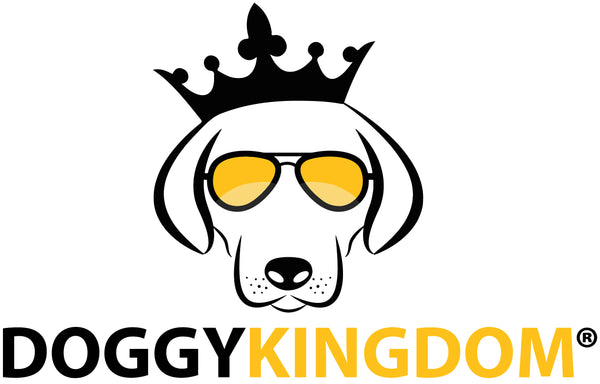Understanding Prey Drive in Dogs
Share
Does your dog regularly chase rabbits or squirrels in your backyard or during any outing at the dog park? In some cases, your dog might even catch the poor creature and kill it. If outings with your dog have become difficult because your pup wants to chase smaller animals, then you might feel at the end of your rope and very frustrated. Why is your beloved furry buddy trying to chase and catch everything?
Most dogs have a natural balance of prey drive and dog owners simply don’t recognize it. If your pup loves to chase a ball, then this action is prey drive. The only difference is that the dog is instinctually chasing the ball instead of another live animal.
Prey Drive in Dogs is Natural
Your dog is not that far removed from his wild ancestors. Some dogs such as German Shepherds, Border Collies, Australian Shepherds, Terriers, and others have a natural prey drive that activates any time the canine sees a smaller animal run. The dog’s instincts kick in and the animal wants to chase and possibly kill the ‘prey.’ This is a normal survival mechanism.
Prey Drive or Aggression?
Many dog owners mistakenly see prey drive as aggression but there is a difference. Aggression is an emotional reaction that is fueled by fear or the need to protect. However, prey drive is a simple instinct.
With aggression, a dog becomes combative or seeks to flee from an aggressor. However, with prey drive, the dog wants to chase the target.
Dangers of a Strong Prey Drive
Your dog’s prey drive can easily become a dangerous problem if your canine decides to chase your neighbor's cat and kill it. A dog's desire to chase something might seem fun when playing a game of fetch but it can quickly get out of control if your dog takes off after a cat or smaller dog. If not properly restrained, you can easily lose your dog when it runs off.
The level of prey drive in a dog can vary. With some dogs, it might only become an annoying habit but with others, it can quickly get out of control. In most cases, prey drive is harmless. Dogs with mild prey drive are typically satisfied with a game of fetch which provides the pup with a healthy outlet for its rambunctious natural tendencies.
A dog with a high prey drive will benefit from obedience classes and enrolling in dog sports such as agility to learn to channel the dog’s needs in a positive way.
If your dog’s prey drive is so strong that the canine will kill smaller animals, then you’ll need to focus on training your dog and undertaking the following:
- Always keep your dog confined in a fenced-in backyard so the dog does not run loose in the neighborhood where it can harm cats or other small creatures.
- Walk your dog on a leash.
- Avoid dog parks where your canine companion might want to chase down smaller dogs and harm them.
- Keep your dog away from small children such as toddlers because a dog with a strong prey drive can easily harm a small child if the tot runs from the animal.
- Always keep your dog’s rabies vaccination up to date because your pup might chase down a wild creature that has rabies.
Prey drive in a dog is natural. You’ll just need to find ways to understand your pet’s natural instincts and focus on proper training.



